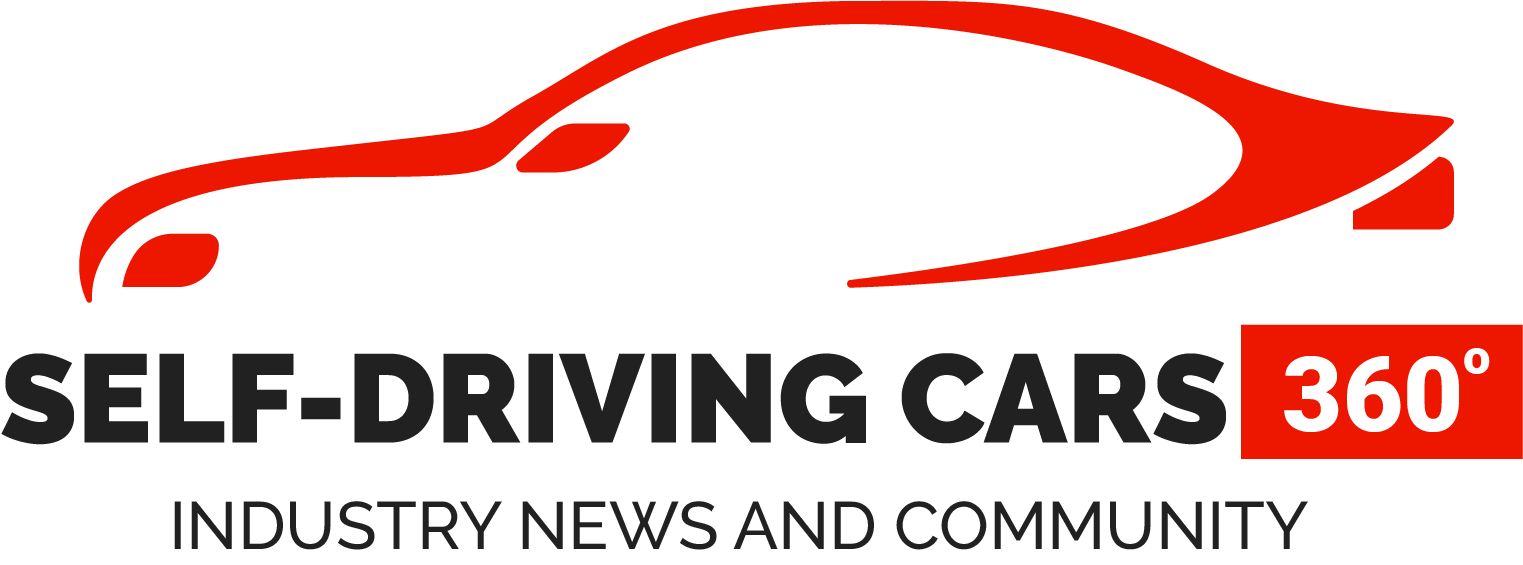Motional’s Ioniq 5 autonomous vehicle. Image: Motional
The robotaxi service is the next step for Lyft and Motional to launch a fully driverless service in Las Vegas next year.
A partnership between Lyft and autonomous vehicle company Motional is bringing self-driving robotaxis to Las Vegas.
The service uses Motional’s all-electric robotaxis that are designed to provide driverless ride-hail operations on the Lyft network.
The companies have been trailing autonomous rides in Las Vegas since 2018, with more than 100,000 rides completed to date. Lyft said the results have been “overwhelmingly popular” with riders, with more than 95pc leaving five-star reviews.
“Launching Motional’s all-electric Ioniq 5 on Lyft’s network in Las Vegas represents tremendous progress in our vision to make an electric, autonomous, and shared future a reality for people everywhere,” Lyft CEO Logan Green said. “We are designing an autonomous experience where the only expectation for riders is to relax and enjoy the ride.”
The companies said they have added new features based on research and customer feedback, to let users control their ride without driver assistance.
This includes unlocking the doors through the Lyft app and starting the ride or contacting customer support from the in-car Lyft AV app, which is designed for autonomous ridesharing.
The launch is the next step in Lyft and Motional’s plan to launch a fully driverless service in Las Vegas next year. The partner companies plan to scale to multiple US cities in the future.
Motional president and CEO Karl Iagnemma said the two companies are on track for “widespread commercialisation” of fully autonomous vehicles.
“We’ve led the industry in commercial operations for years, and today’s launch signals we’re on track to deliver a fully driverless service next year,” Iagnemma said. “Riders in Las Vegas can now experience Motional’s Ioniq 5 AV that will make that service a reality.”
The tech behind self-driving cars has advanced significantly in recent years, causing regulators to take steps to prepare for their arrival. The EU is developing technical rules that would allow 1,500 fully driverless vehicles per car model to be registered and sold in a member state each year.
While self-driving tech is advancing, it still has clear hurdles to overcome. In June, self-driving car business Cruise became the first to secure approval to operate a commercial taxi service using driverless cars in California.
However, a swarm of the company’s self-driving vehicles blocked several lanes of traffic at an intersection for hours, before Cruise employees arrived to fix the issue.




GIPHY App Key not set. Please check settings